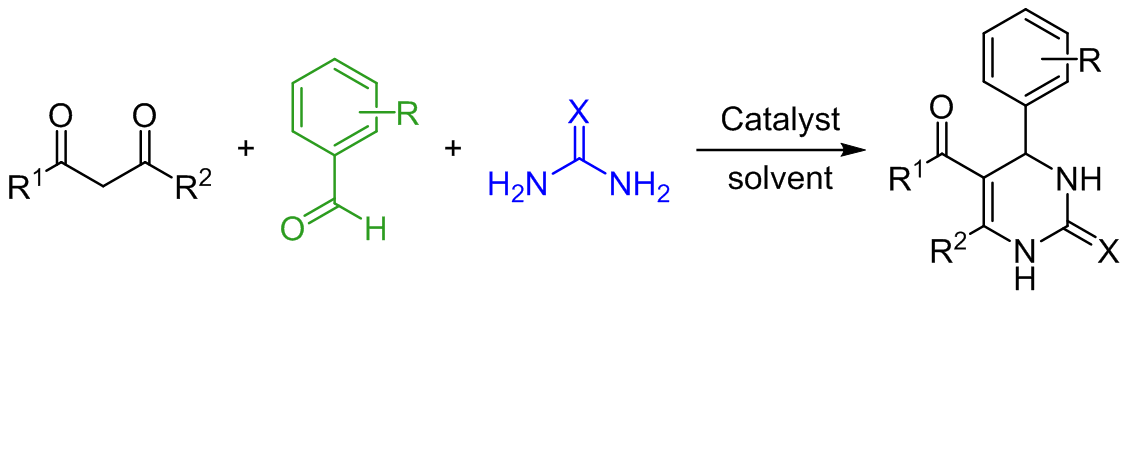PERSPECTIVE ON BIGINELLI REACTION: EN ROUTE TOWARD THE DEVELOPMENT OF BIOLOGICALLY AND INDUSTRIALLY RELEVANT DIHYDROPYRIMIDONE-BASED FRAMEWORKS
Keywords:
dihydropyrimidines, nitrogen heterocycles, Biginelli reaction, multicomponent reactionAbstract
The Biginelli reaction, a three-component synthesis involving an aromatic aldehyde, urea, and ethyl acetoacetate, is a versatile method for producing 3,4-dihydropyrimidin-2(1H)-ones, 3,4-dihydropyrimidine-2(1H)-thiones, and related heterocycles. These compounds have gained significant attention due to their intriguing pharmacological properties and diverse biological activities. In this review, we highlight recent advances in the synthesis and applications of dihydropyrimidones, focusing on their roles in combating cancer, Alzheimer's, microbial infections, tuberculosis, inflammation, malaria, filariasis, hypertension, and other conditions, along with their antioxidant and antiviral activities.

Downloads
Published
2025-09-18
Issue
Section
Review Articles
